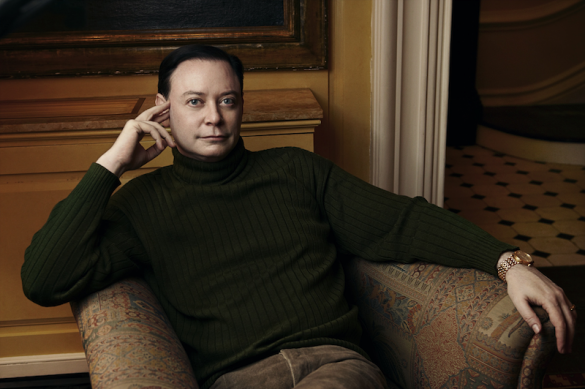Your year-end assessment is tomorrow in class. If you are absent, plan on coming in after school on Thursday to room 176.
The assessment will consist of 20 multiple choice questions and one essay, which will require you to analyze an editorial for rhetorical devices.
Topics to review for the assessment.
First Amendment
Parts of a news article
What is an inverted pyramid
What makes a story newsworthy
The use of quotations
The different writing jobs within a newspaper
Types of journalism: yellow, tabloid, penny press
What is an editorial
How to conduct an interview / types of questions
What is satire?
What is the purpose of a critique?
What makes an effective photojournalist shot?
Persuasive techniques in advertising
logos, ethos and pathosThe relationship between journalism and public relations.*
*Please note: we did not get to the public relations project. Read this below and you'll know how to respond to the multiple choice question.
What is Public Relations? It seems difficult to believe in the 21st century that there exists a major discipline with so many diverse, partial, incomplete and limited interpretations of its mission. Here is just a sampling of professional opinion on what public relations is all about:
1. talking to the media on behalf of a client.
2. selling a product, service or idea.
3. reputation management.
4. engineering of perception
5. attracting credit to an organization for doing good.
6. limiting the downside when it goes bad.
By definition, public relations is the art and science of establishing relationships between an organization and its key audiences. Public relations plays a key role in helping business industries create strong relationships with customers.
1. talking to the media on behalf of a client.
2. selling a product, service or idea.
3. reputation management.
4. engineering of perception
5. attracting credit to an organization for doing good.
6. limiting the downside when it goes bad.
By definition, public relations is the art and science of establishing relationships between an organization and its key audiences. Public relations plays a key role in helping business industries create strong relationships with customers.
Brief History of PR
Former journalists, such as Ivy Lee, used the first press releases to feed newspapers "the facts" about his misunderstood clients, namely the railroad and tobacco industries, and J.D. Rockefeller's Standard Oil.
Lee and company became so good at whitewashing even the darkest corporate sins that PR professionals earned a reputation as "spin doctors."
Much time has passed since the days of Ivy Lee, and to label today's PR professionals as dishonest would be to ignore how pervasive and important their work has become to people and organizations of all shapes and sizes -- small businesses, authors, activists, universities, and non-profit organizations -- not just big business and big government.
There are different types of public relations; some companies call it investor relations and yet others will call it financial public relations, but what some companies do not realize is the fact that public relations is an extremely essential and integral marketing tool.
Essentially, the general idea of public relations is advertising, branding and marketing. Anything that involves the media is the responsibility of the public relations officer. He encourages magazines, newspapers, radio and TV to print or air good things about the services and the products. This promotion will reach their targeted customers; therefore generating an increase in sales and patronage.
People act on their perception of the facts; those perceptions lead to certain behaviors; and something can be done about those perceptions and behaviors that leads to achieving an organization’s objectives.
That leads us directly to the core strength of public relations.
















